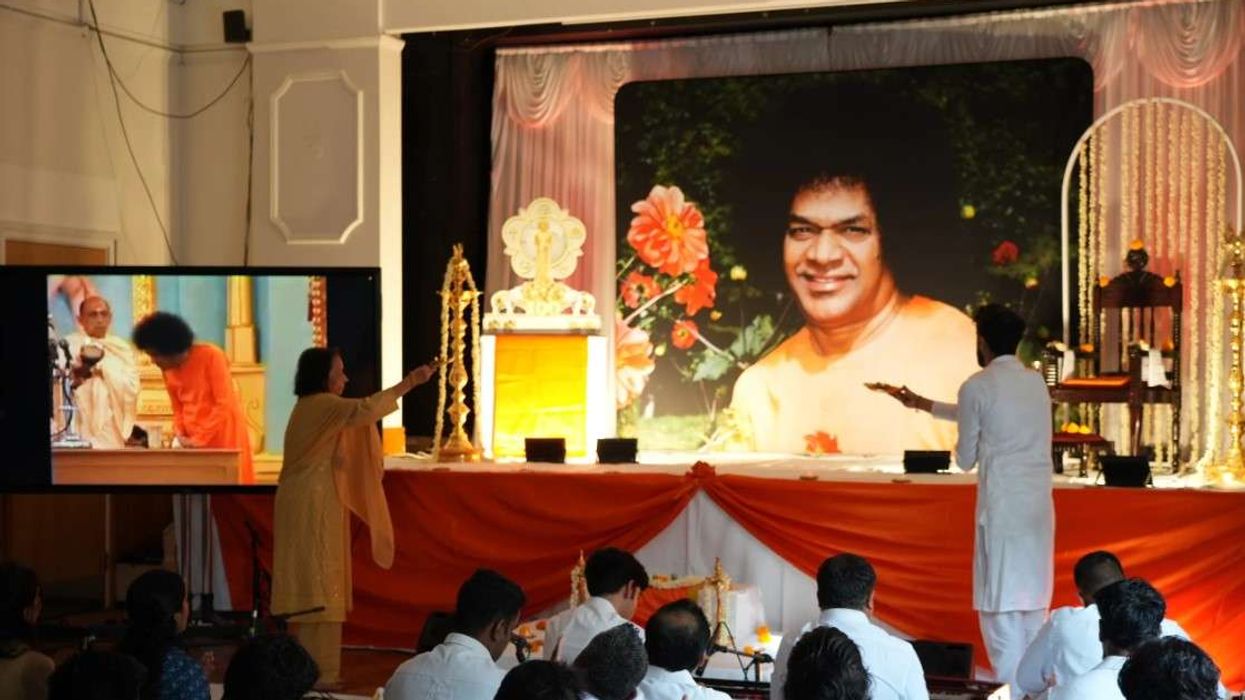Force India will be one of the first teams to show off their 2017 Formula One car after announcing a Feb. 22 launch at their Silverstone home base.
The Mercedes-powered team, who have a changed driver lineup with 20-year-old Frenchman Esteban Ocon joining Mexican Sergio Perez in place of Germany’s Nico Hulkenberg, finished a best ever fourth overall last year.
The team rolled out their 2016 car in Barcelona last February, before principal Vijay Mallya had his Indian diplomatic passport revoked in April with a judge in Mumbai issuing a non-bailable warrant for his arrest.
Indian authorities trying to recover about $1.4 billion from his collapsed Kingfisher Airlines want to question Mallya, who last March flew to Britain where he has an indefinite right of residency.
Mallya attended only one race in 2016, the British Grand Prix at the circuit across the road from the team’s Silverstone factory, and watched the rest remotely.
World champions Mercedes will launch their new car at Silverstone on Feb. 23, with Ferrari next out on the 24th in Italy.
Pre-season testing starts in Barcelona on Feb. 27 with other teams expected to present their cars at the Circuit de Catalunya on the opening day.
Teams usually leave launches as late as possible, unless they are just to show off a new livery on an old car, to give themselves as much time as they can to finalise new developments.
They will want to start testing with the new cars, however, because 2017 sees new rules with bigger tyres and changed aerodynamics that could shake up the pecking order.
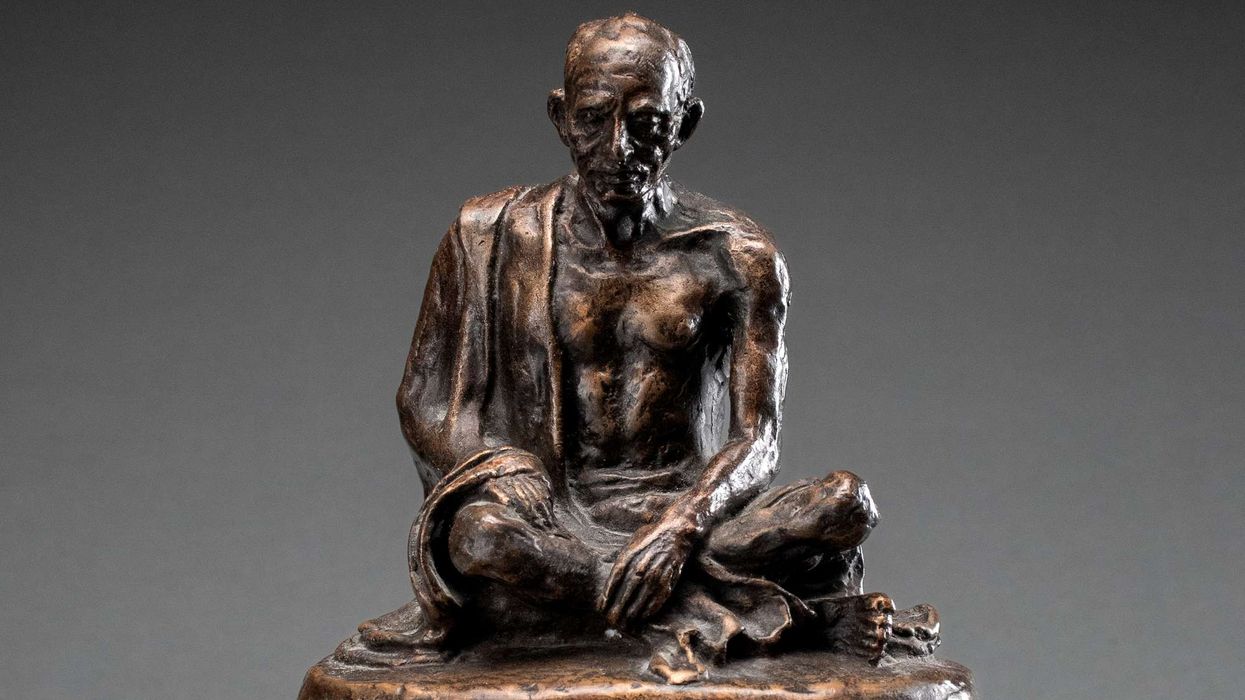
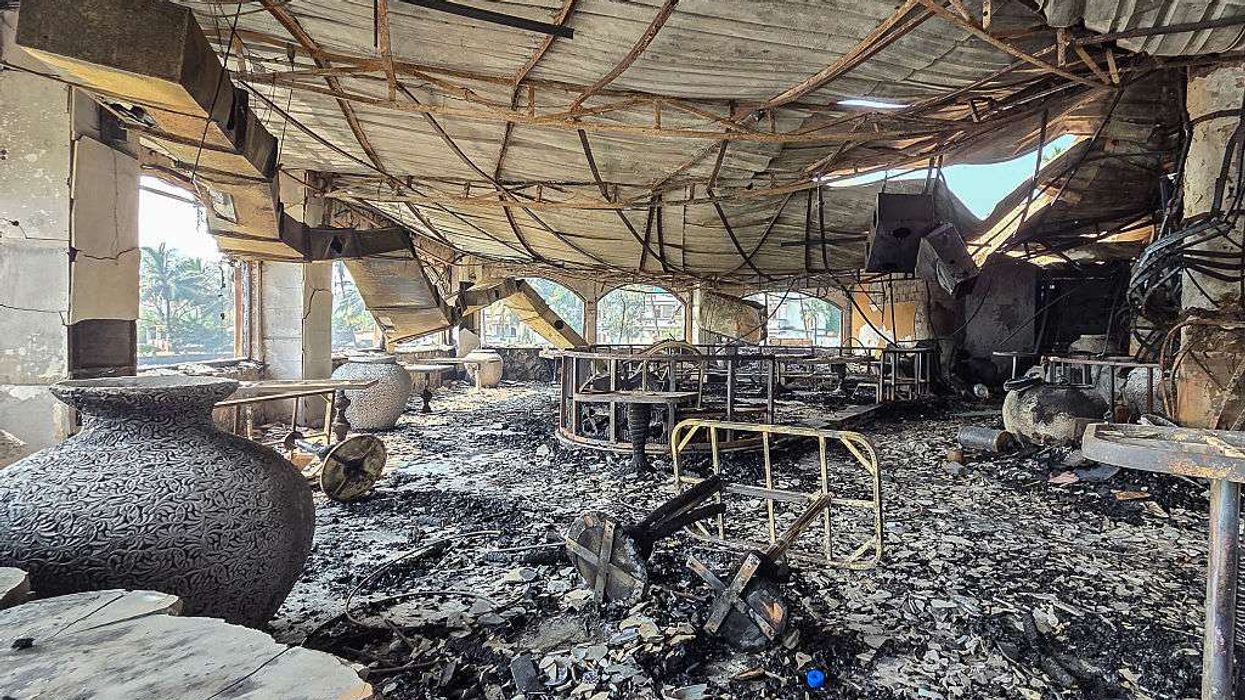
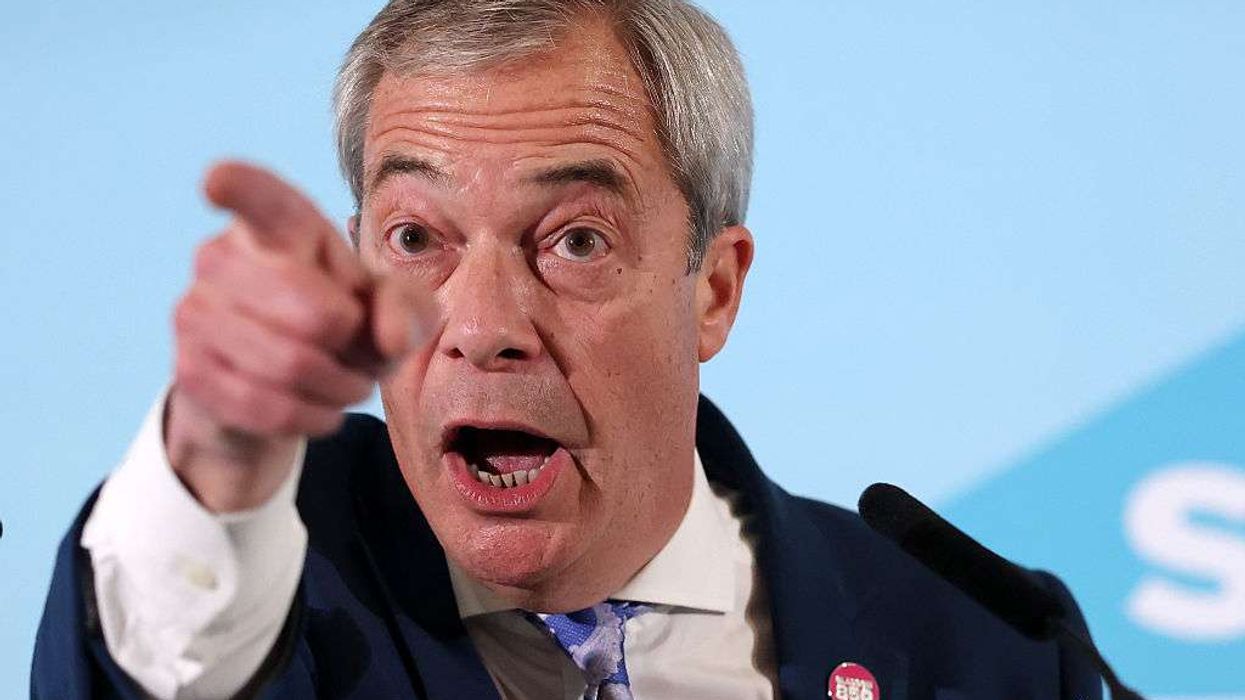
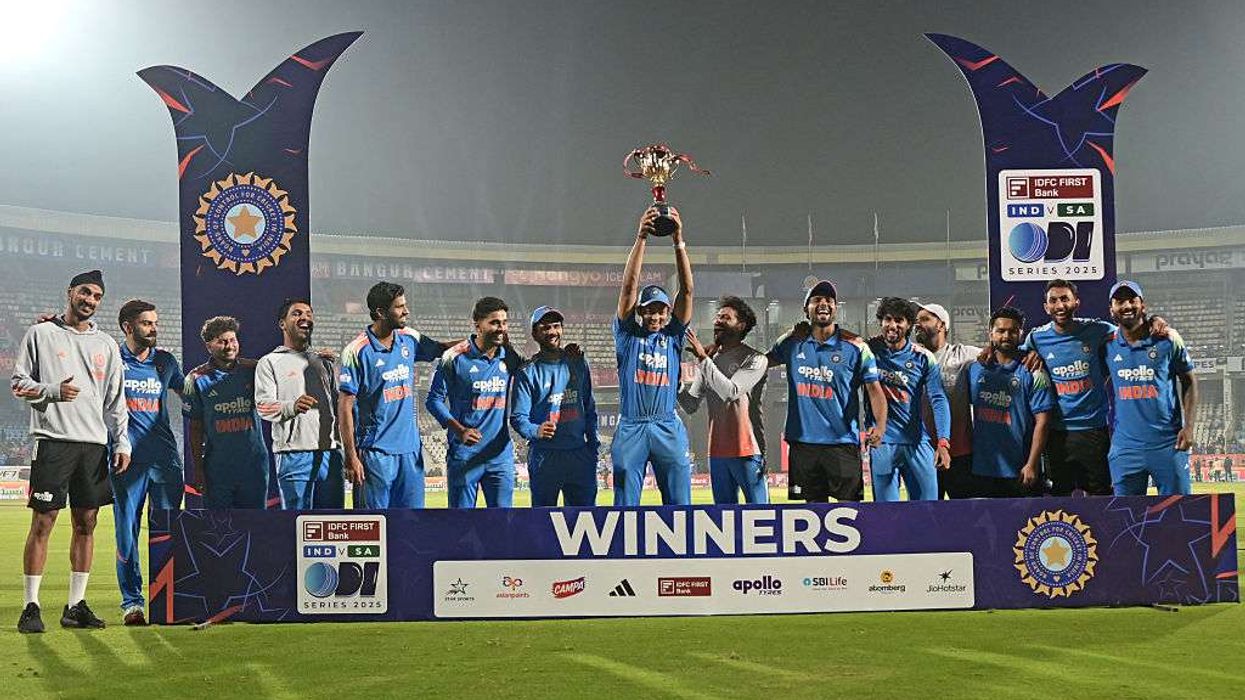
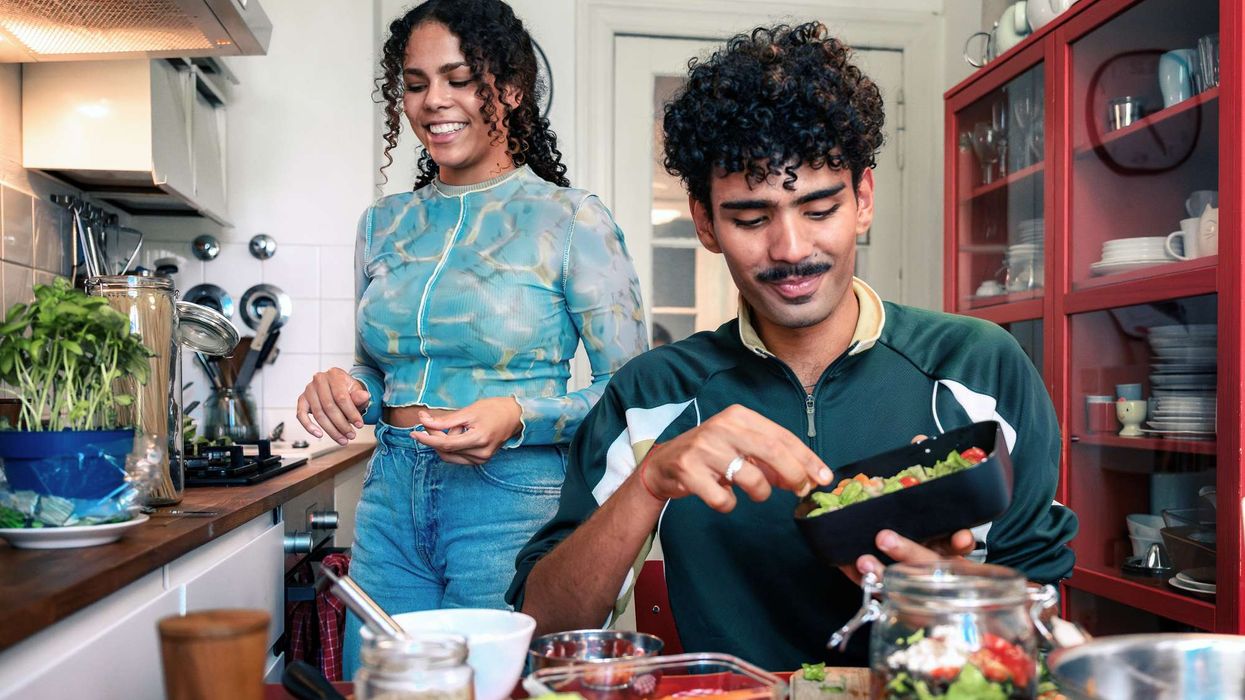
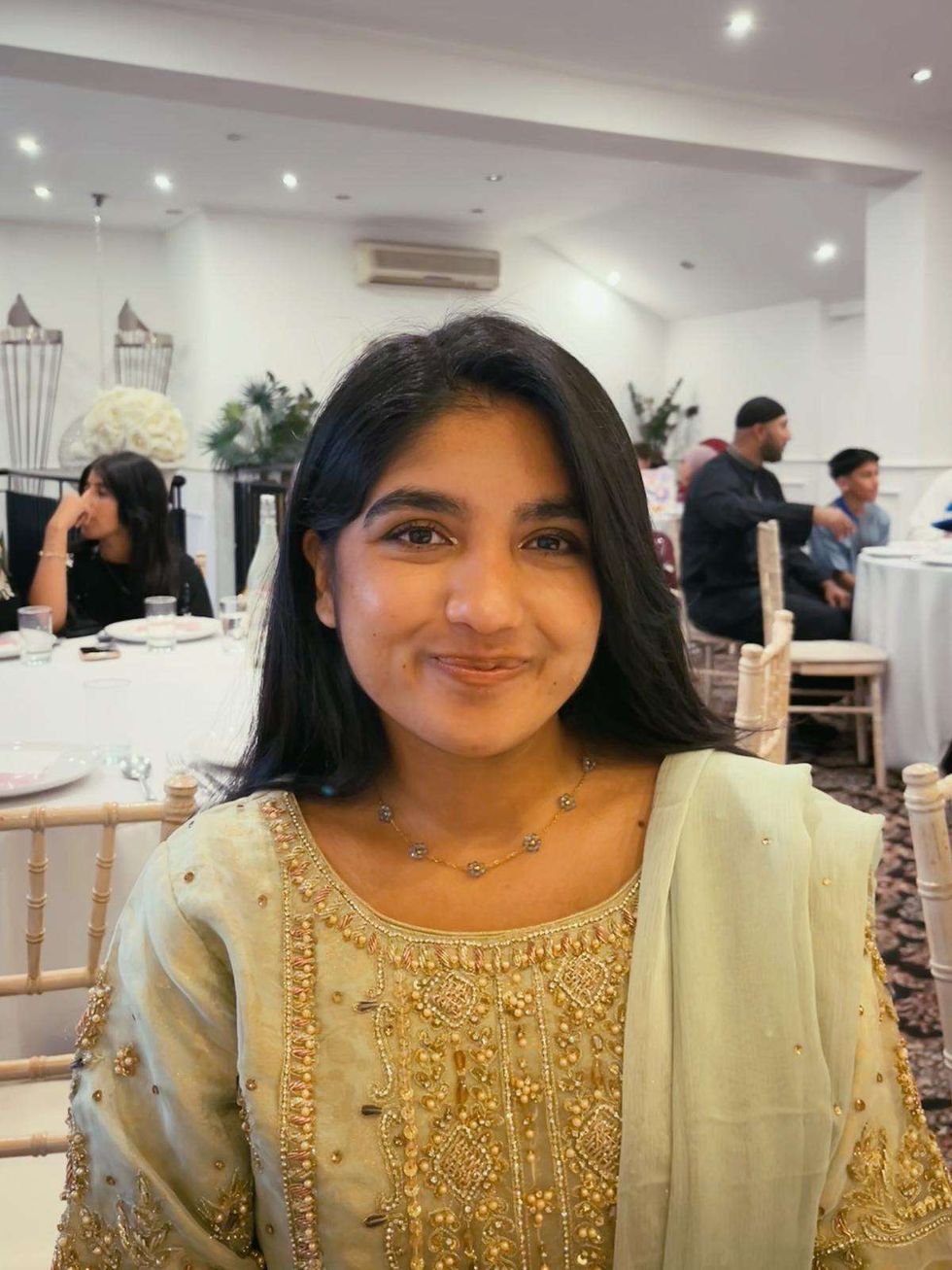 Mareyah Bhatti , a sustainability strategist and passionate home cookMareyah Bhatti
Mareyah Bhatti , a sustainability strategist and passionate home cookMareyah Bhatti






